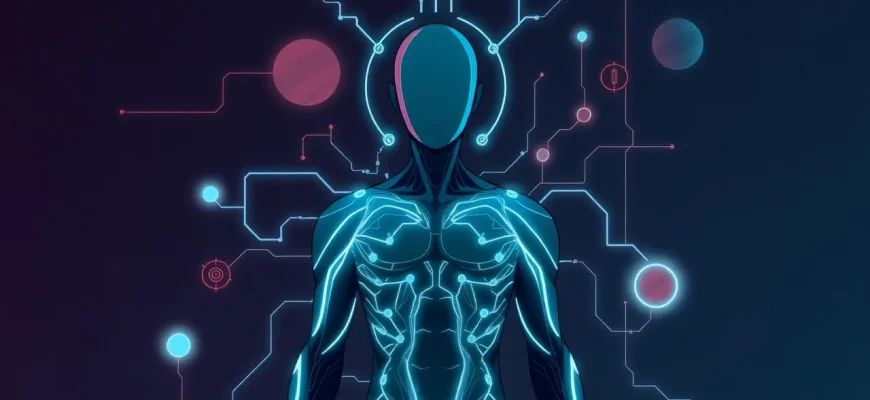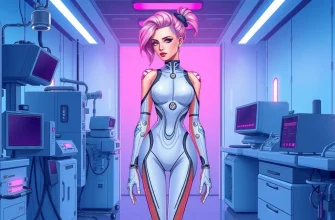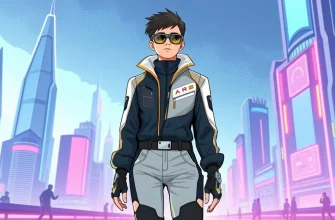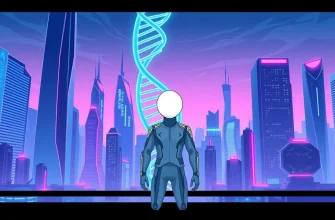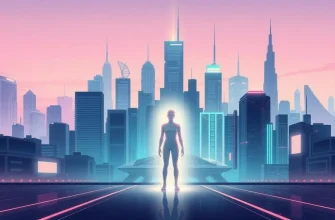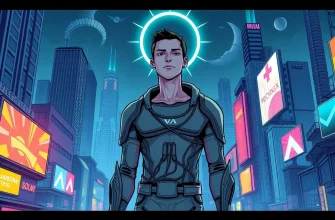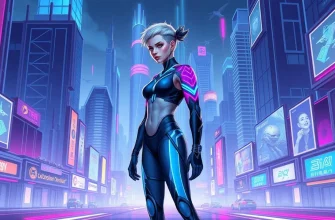Transformation is a timeless theme in science fiction cinema, where characters undergo physical, mental, or existential changes, often with profound implications. This curated list of 10 films delves into the myriad ways transformation can be portrayed, from the grotesque to the sublime, offering viewers a journey through the fantastical realms of identity, change, and evolution. Whether it's through alien encounters, technological advancements, or supernatural forces, these films explore the very essence of what it means to change and adapt, making them not only entertaining but also thought-provoking.
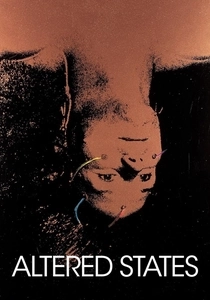
Altered States (1980)
Description: A scientist explores altered states of consciousness through sensory deprivation and hallucinogens, resulting in physical transformations that blur the line between human and animal. This film delves into the psychological and physical aspects of transformation.
Fact: The film was based on the novel by Paddy Chayefsky, who also wrote the screenplay, though he later disowned it due to changes made during production.
 Watch Now
Watch Now 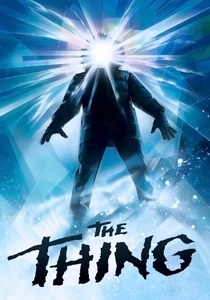
The Thing (1982)
Description: An alien life form assimilates and transforms the members of an Antarctic research team, creating a tense atmosphere of paranoia and fear. This film uses transformation as a means of survival and horror, with the alien's ability to mimic any life form.
Fact: The film's practical effects, particularly the transformation scenes, were created by Rob Bottin, who worked for over a year on the film, leading to some of the most iconic creature effects in cinema.
 Watch Now
Watch Now 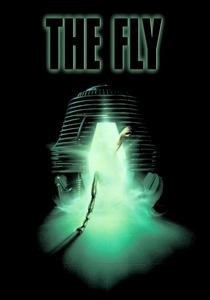
The Fly (1986)
Description: A scientist's experiment with teleportation goes horribly wrong, merging his DNA with that of a fly, leading to a grotesque transformation. This film is a classic example of transformation horror, showcasing the physical and psychological effects of becoming something else.
Fact: The film's special effects were groundbreaking for its time, earning Chris Walas an Academy Award for Best Makeup. The transformation scenes were so realistic that some viewers reportedly fainted during screenings.
 Watch Now
Watch Now 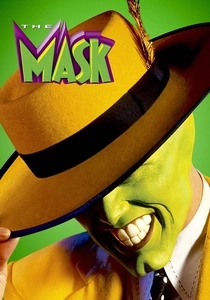
The Mask (1994)
Description: A timid bank clerk discovers a magical mask that transforms him into a wild, cartoon-like figure, leading to chaos and self-discovery. This film uses transformation as a means of exploring the duality of human nature and the consequences of unchecked desires.
Fact: The film's special effects, particularly the transformation scenes, were groundbreaking, blending live-action with animation to create the Mask's unique appearance.
 Watch Now
Watch Now 
Species (1995)
Description: A genetically engineered alien-human hybrid transforms into a deadly creature, leading to a race against time to stop her. This film uses transformation as a plot device to explore themes of creation, control, and the dangers of playing God.
Fact: The film's creature design was influenced by H.R. Giger, who also worked on the film, bringing his unique style to the alien's appearance.
 Watch Now
Watch Now 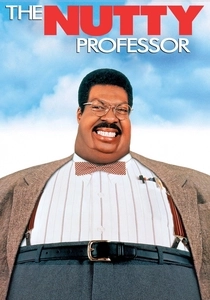
The Nutty Professor (1996)
Description: A shy professor invents a formula to transform himself into a suave, confident man, leading to comedic and heartfelt transformations. This film uses transformation as a comedic device to explore themes of self-acceptance and identity.
Fact: Eddie Murphy played multiple roles in the film, showcasing his versatility in portraying different characters, including the titular professor and his alter ego.
 Watch Now
Watch Now 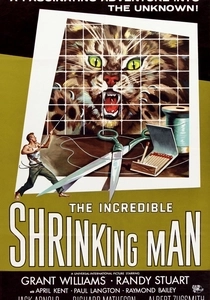
The Incredible Shrinking Man (1957)
Description: After exposure to a mysterious mist, a man begins to shrink, leading to a profound transformation in his life and perspective. This film explores the theme of transformation through the lens of scale, offering a unique take on identity and survival.
Fact: The film was based on the novel by Richard Matheson, who also wrote the screenplay. Its ending, where the protagonist embraces his new reality, is considered one of the most philosophical in sci-fi cinema.
 Watch Now
Watch Now 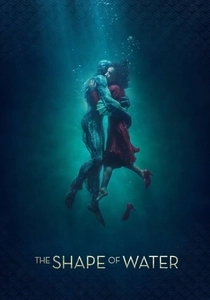
The Shape of Water (2017)
Description: A mute janitor forms an unusual relationship with an amphibious creature, leading to a transformative journey for both. This film uses transformation as a metaphor for love, acceptance, and the fluidity of identity.
Fact: The film won the Academy Award for Best Picture, and its creature design was inspired by classic monster movies and the art of H.R. Giger.
 Watch Now
Watch Now 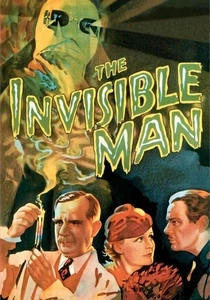
The Invisible Man (1933)
Description: A scientist discovers a way to make himself invisible, but the process drives him mad, leading to a transformation from a rational man to a vengeful phantom. This film explores the psychological and ethical implications of transformation.
Fact: The film was one of the first to use the concept of invisibility, and its special effects were revolutionary for the time, using wires and matte paintings to create the illusion of invisibility.
 30 Days Free
30 Days Free 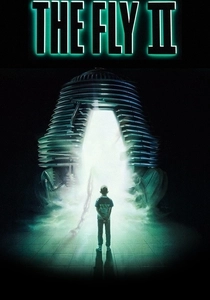
The Fly II (1989)
Description: The son of the original Fly inherits his father's genetic legacy, leading to a transformation that echoes the first film but with its own unique twists. This sequel explores the themes of legacy and the inevitability of transformation.
Fact: The film was initially conceived as a direct sequel, but it was later decided to make it a standalone story, focusing on the son rather than the original character.
 30 Days Free
30 Days Free 
